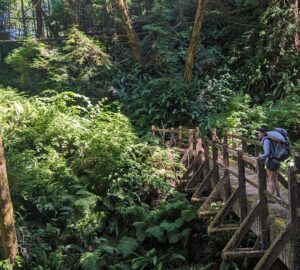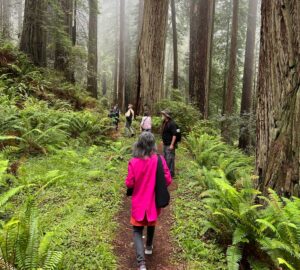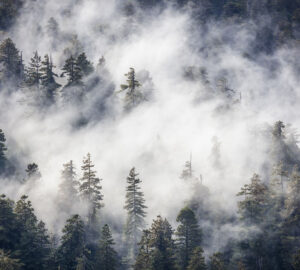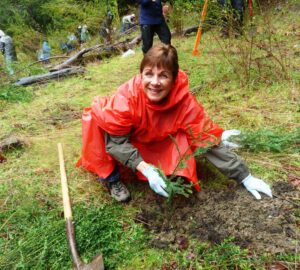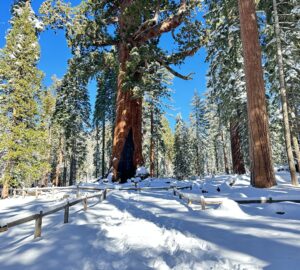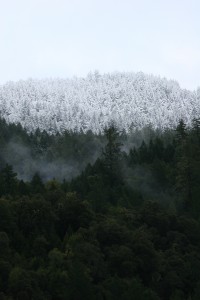
Well, they’re both part of a rapidly-changing world. It’s more than a little scary to watch the Winter Olympics this year and see the bare, snowless mountains in the background and the spectators in T-shirts lining the race courses.
Scarier still is that, for some of us, this strangely mild winter weather is already becoming all too familiar in other places we know and love. As a skier and general outdoor junkie, I read Porter Fox’s opinion piece titled “The End of Snow?” in the New York Times last week with particular concern; I recommend checking it out if you missed it.
Of course, beyond the mountains and their dwindling snow, other ominous changes are impacting our everyday lives. From the catastrophic fires consuming our forests, to our coastal cities’ exposure to record storm surges, to our farms struggling under drought, changes are hitting us harder, faster and closer to home.
Watching the lands we love, and the seasons that are the metronomes of our lives, shift so dramatically before our eyes is unfathomable to the point of being paralyzing.
So, in the spirit of Fox’s main thesis, how do we shift from twisting our collective hankies to deciding how we can be a part of a solution? Fox speaks to skiers, hoping to inspire those with a love of snowy mountains to take action. As conservationists and as stewards of the redwood forests, what can we do? How can we make sure our energies and passions are actually productive?
Through our redwoods research program, we have learned some surprising things about these amazing forests that offer some help. We already knew that forests work to clean the air, but we’ve more recently learned that redwood forests in particular work as huge carbon storage tanks for the planet, storing at least three times more carbon than any other forest in the world! We’ve also discovered how incredibly fast redwoods can grow, especially as they get older.
We now better understand how our redwood forests help provide clean water as well and, importantly, how they’ve served to inspire people to care about conservation. There’s still a lot to learn, too — like how best to help damaged forests impacted by years of harvesting grow back into the natural cathedrals they once were.
Around the globe, passionate people are working to solve many different parts of the sustainability puzzle. We at Save the Redwoods League, together with you — our members, partners and supporters — have chosen a tremendous puzzle piece with which to make positive change.
Help us bring our redwood forests back, so that they can do their admirable work of cleaning our air, sustaining our streams, and inspiring the next generation to steward our outdoor legacy.

